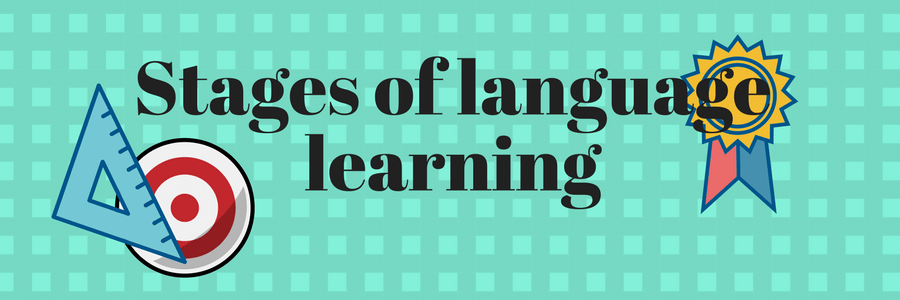
Introduction
In SuperCoco, your journey from knowing no Spanish at all to being completely fluent is divided into nine stages. These stages closely mirror the CEFR (Common European Framework of Reference) levels that are based on extensive empirical study and validation.
These stages are helpful for setting goals and expectations. At each stage (except A0) you have the ability to converse in Spanish. But the type of conversation you’re capable of will change. Part of the art of language learning is knowing how to converse within your own limits. Push yourself, of course, and don’t be shy—but do so with an understanding of your own learning stage.
Total Beginner (A0)
➤You don’t know any Spanish—or at most a few words and phrases.
Beginner (A1)
➤ Can interact in a simple way provided the other person talks slowly and clearly and is prepared to help.
➤ Can understand and use basic phrases and sentences aimed at concrete needs.
➤ Can introduce yourself and others and can ask and answer questions about personal details such as where you live and people you know.
Advanced Beginner (A2)
➤ Can communicate in simple and routine tasks requiring a direct exchange of information (e.g. shopping, wayfinding, transportation, personal info).
➤ Can catch the main point in short, clear, simple messages and announcements.
➤ Can handle very short social exchanges, even though can’t usually understand enough to keep the conversation going oneself.
Early Intermediate (A2+)
➤ Can participate more actively in conversation—given some assistance and certain limitations.
Intermediate (B1)
➤ Can understand the main points of clear standard speech on familiar matters in work, school, leisure, etc..
➤ Can maintain interaction and convey your own intent, in a range of contexts.
➤ Can cope flexibly with situations while traveling or in everyday life, including less routine situations.
➤ Can describe experiences and events, dreams, hopes and ambitions and briefly give reasons and explanations for opinions and plans.
Advanced Intermediate (B1+)
➤ Can handle more complex conversation demands, including taking complex messages, explaining problems, describing symptoms to a doctor, giving detailed instructions, though your language may be imprecise and you may need to ask for repetition.
Proficient (B2)
➤ Can interact with with native speakers with fluency, spontaneity, and without strain for either side.
➤ Can plan what is to be said and the means to say it, considering the effect on the recipient/s.
Advanced Proficient (B2+)
➤ Increased ability to manage conversations, eg. give feedback on and follow up statements and inferences by other speakers and so help the development of the discussion and relate your own contribution skilfully to those of other speakers.
➤ Can develop an argument systematically with appropriate highlighting of significant points, and relevant supporting detail.
Near Fluent (C1)
➤ Can express yourself fluently and spontaneously, almost effortlessly.
➤ Can use language flexibly and effectively for social, academic and professional purposes.
Fluent (C2)
➤ Can express oneself spontaneously, very fluently and precisely, differentiating finer shades of meaning even in more complex situations.
➤ Can understand with ease virtually everything heard or read.
➤ Can use wide range of idiomatic expressions and colloquialisms with awareness of connotative level of meaning;
➤ Can summarise information from different spoken and written sources, reconstructing arguments and accounts in a coherent presentation.
Like what you’re reading? Then you probably want to try SuperCoco:
Want to get in touch? We’d love to hear from you what your dream language learning app would be like. Contact us at ideas@supercocoapp.com or @supercocoapp.


